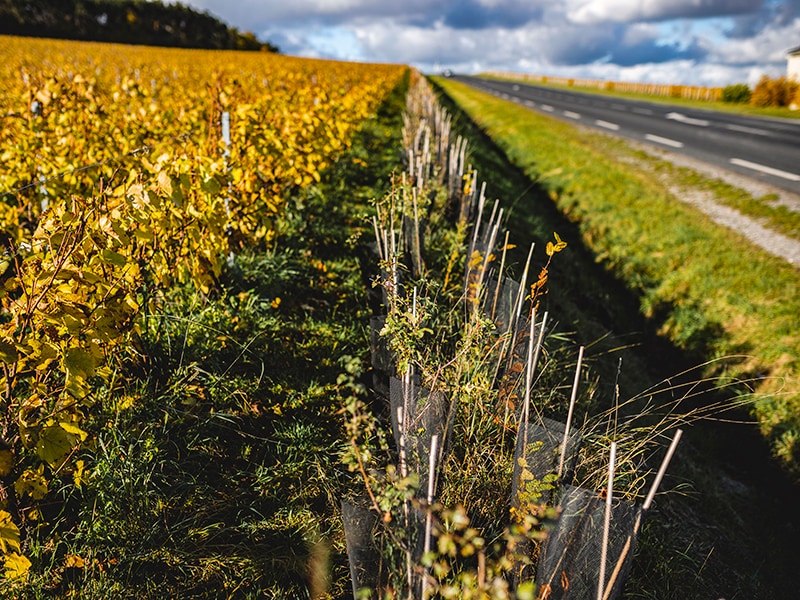
How major champagne makers are going green
Here are some of the latest sustainable development initiatives for moving towards a future for champagne that is more respectful of nature
 By 2023, Ruinart will have planted 20,000 trees and shrubs to put
biodiversity back at the heart of its plots. Photography courtesy of
Mathieu Bonnevie/RuinartBy 2023, Ruinart will have planted 20,000 trees and shrubs to put biodiversity back at the heart of its plots.
By 2023, Ruinart will have planted 20,000 trees and shrubs to put
biodiversity back at the heart of its plots. Photography courtesy of
Mathieu Bonnevie/RuinartBy 2023, Ruinart will have planted 20,000 trees and shrubs to put biodiversity back at the heart of its plots.
Image: courtesy of Mathieu Bonnevie/Ruinart
Sustainable development is the hot topic of the moment in Champagne, France where the area being farmed organically does not exceed 4%. And it may be a hot topic at your New Year's celebration when the time comes to get the bubbly flowing. So to help you master the topic at your gathering, we've hunted down the latest sustainable development initiatives for moving towards a future for champagne that is more respectful of nature.




